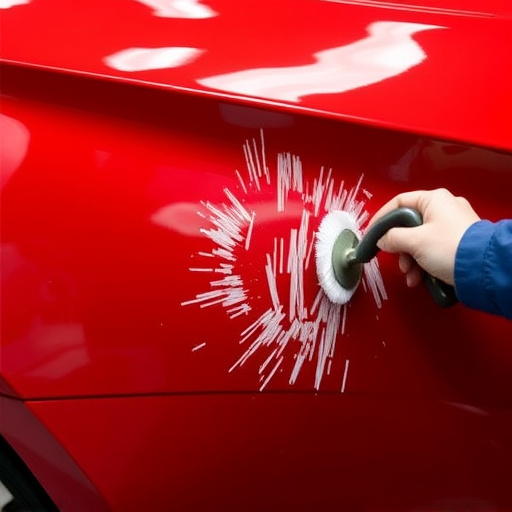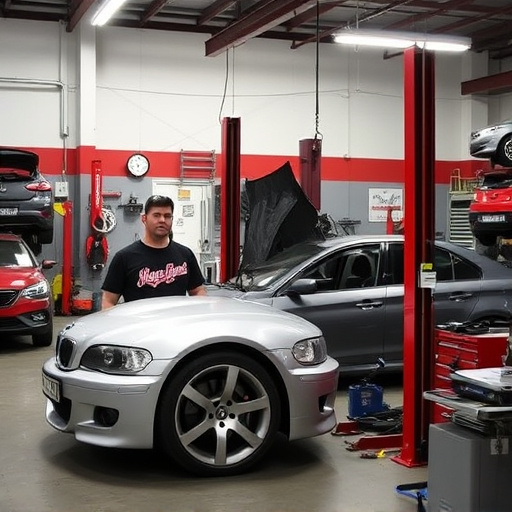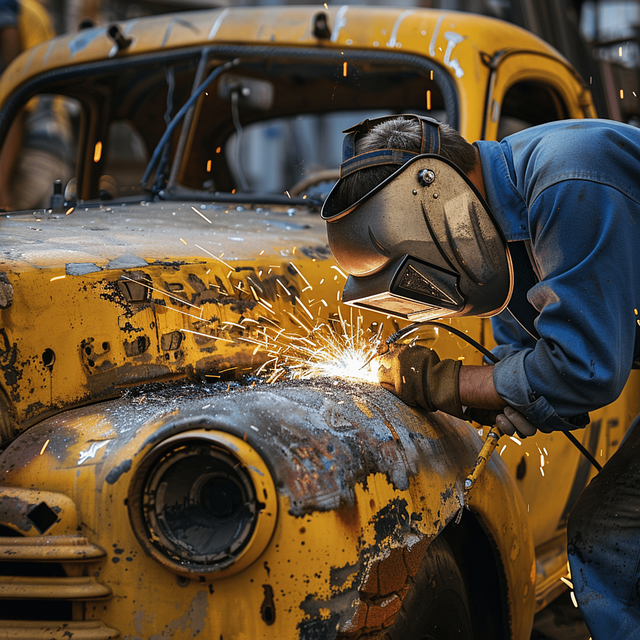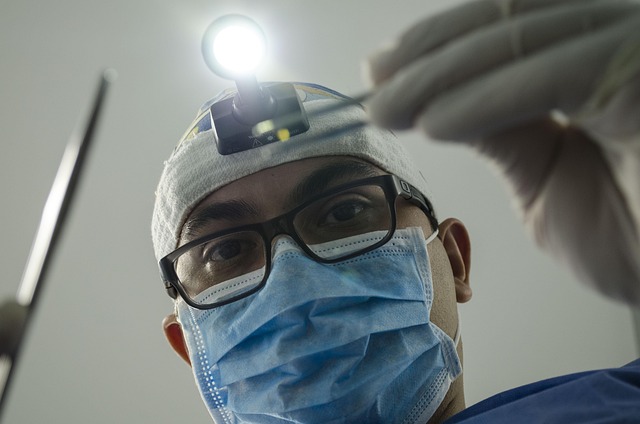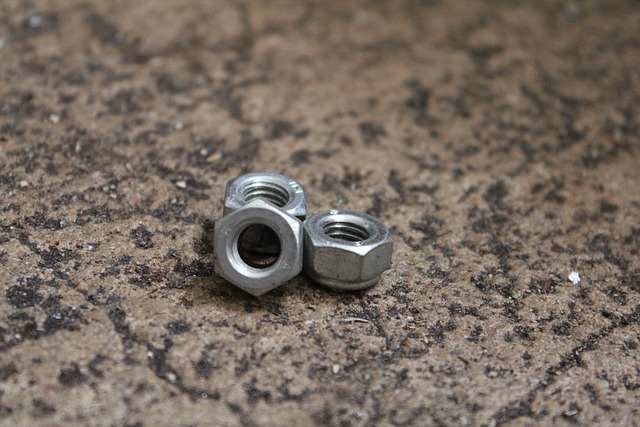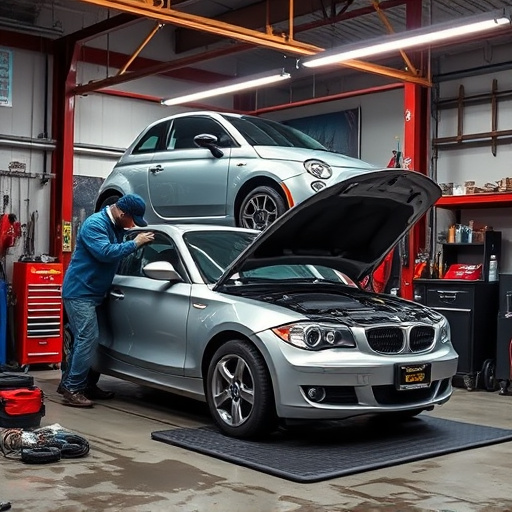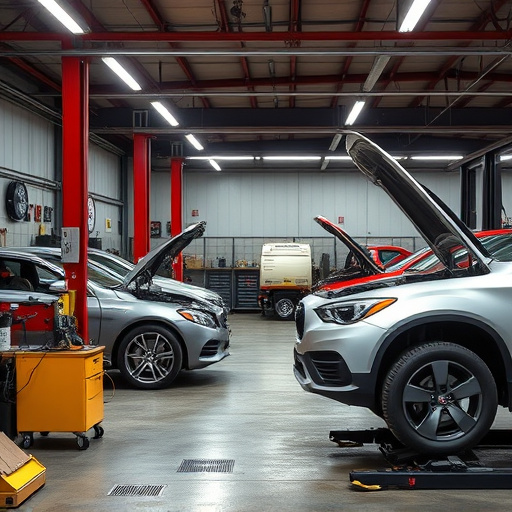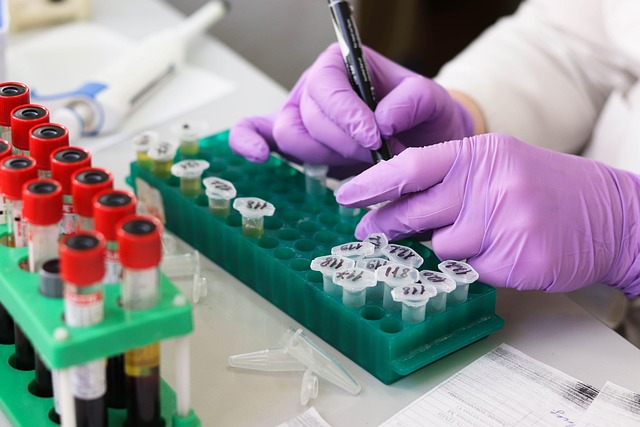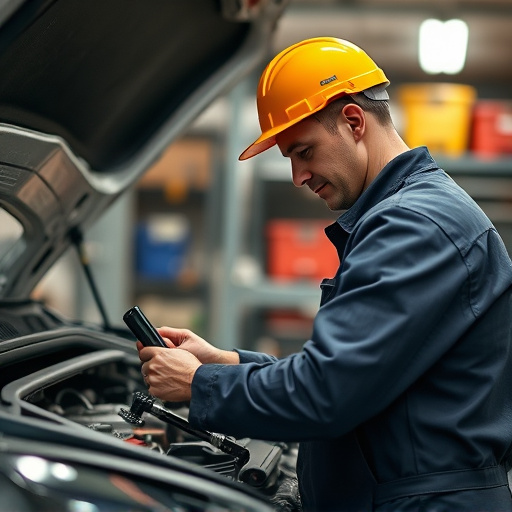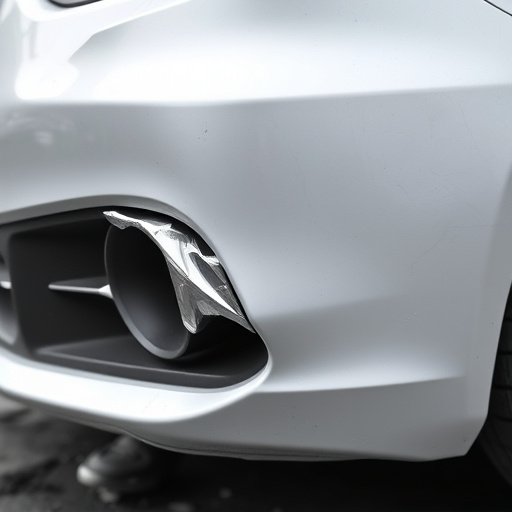Tesla's Aluminum PDR process is a meticulous, precision-driven approach to collision repair, utilizing computer-aided design (CAD), robotic welding, and strict quality control. Tesla aluminum PDR specialists ensure panel replacements perfectly match the original body, maintaining structural integrity and aesthetic appeal. They combine technical expertise with keen attention to detail, upholding Tesla's high standards for repairs that rival manufacturing quality. Collision repair shops must embrace advanced verification methods like 3D scanners, pressure testing, and spectral analysis to become top-tier Tesla aluminum PDR specialists, preserving vehicle value and safety in the competitive market.
Delve into the intricate world of Tesla’s Aluminum PDR (Panels, Doors, and Hood) process, where precision and innovation converge. This article explores how specialized technicians act as the unseen heroes, ensuring every component meets stringent quality standards. From understanding the unique challenges of aluminum fabrication to employing advanced verification methods, we uncover the secrets behind Tesla’s unwavering commitment to excellence in every PDR specialist’s meticulous work.
- Understanding Tesla's Aluminum PDR Process
- The Role of a Specialist in Quality Control
- Verification Methods for Optimal Results
Understanding Tesla's Aluminum PDR Process
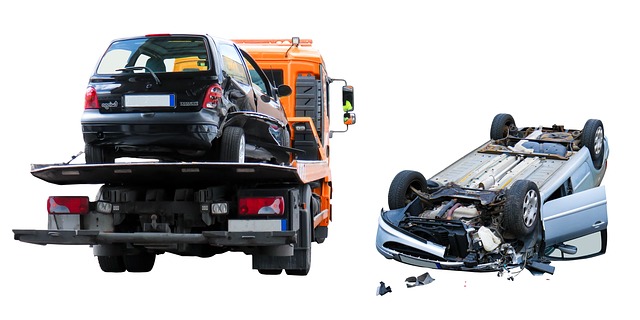
Tesla’s Aluminum PDR (Panel Replacement and Damage Repair) process is a testament to their commitment to precision and quality in automotive collision repair. As a Tesla aluminum PDR specialist, understanding this intricate system is key. The process involves meticulous measurement, computer-aided design (CAD), and advanced robotic welding techniques to ensure that each panel replacement matches the exact specifications of the original car body restoration.
This specialized approach goes beyond mere auto collision repair; it’s about preserving the vehicle’s structural integrity and aesthetic appeal. Tesla’s PDR specialists carefully inspect every component, using state-of-the-art equipment to verify quality control. This rigorous verification process ensures that each panel, from door panels to fenders, aligns perfectly with the car’s overall design, providing a seamless and durable repair that rivals the original manufacturing quality.
The Role of a Specialist in Quality Control
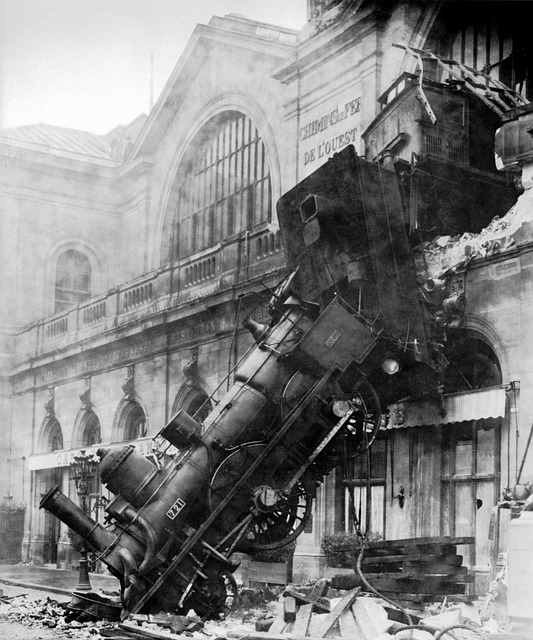
In the intricate process of Tesla aluminum PDR (Panel Damage Repair), a dedicated specialist plays an indispensable role in ensuring top-tier quality control. These professionals possess a keen eye for detail and a deep understanding of the unique challenges presented by Tesla’s lightweight, high-performance aluminum bodywork. Their primary task is to verify the precision and integrity of each repair, ensuring that the vehicle retains its original structural integrity and aesthetic appeal. By implementing rigorous standards, they guarantee that every panel replacement or repair meets the exacting specifications set by Tesla, ultimately maintaining the vehicle’s overall performance and safety.
The expertise of a Tesla aluminum PDR specialist extends beyond technical proficiency. They act as guardians of quality, meticulously inspecting each repair for any signs of deficiency, such as misaligned panels, inconsistent paint finishes, or structural imperfections. Their thorough verification process involves advanced techniques and tools to assess the repair’s overall effectiveness. This meticulous attention to detail is crucial in upholding the reputation of both the auto body shop and Tesla as a whole, ensuring customer satisfaction and fostering trust in the vehicle body shop’s capabilities, especially when it comes to intricate auto dent repair tasks.
Verification Methods for Optimal Results

When it comes to Tesla aluminum PDR (Paint Damage Repair) specialist work, meticulous verification methods are paramount to achieving optimal results. A Tesla aluminum PDR specialist leverages a multi-step process that includes visual inspection, pressure testing, and spectral analysis using advanced tools like 3D scanners and non-destructive testing equipment. This ensures not only the visual perfection of the repair but also the structural integrity of the aluminum body panels.
For collision repair shops or collision repair centers offering Tesla aluminum PDR services, integrating these verification methods is crucial. It guarantees that every repair is performed with precision and adheres to Tesla’s high standards for quality control. This commitment to meticulousness not only preserves the vehicle’s original aesthetics but also enhances its overall safety and resale value, making it a key differentiator in the car paint services market.
Tesla’s aluminum PDR (Panel Damage Repair) process is a cutting-edge approach to vehicle damage restoration, emphasizing precision and efficiency. The involvement of a dedicated Tesla aluminum PDR specialist plays a pivotal role in ensuring the highest quality standards are met. By employing advanced verification methods, these specialists guarantee optimal results, enhancing the overall customer experience. This specialized knowledge ensures that Tesla vehicles return to their original state, showcasing the brand’s commitment to excellence in every repair process.

